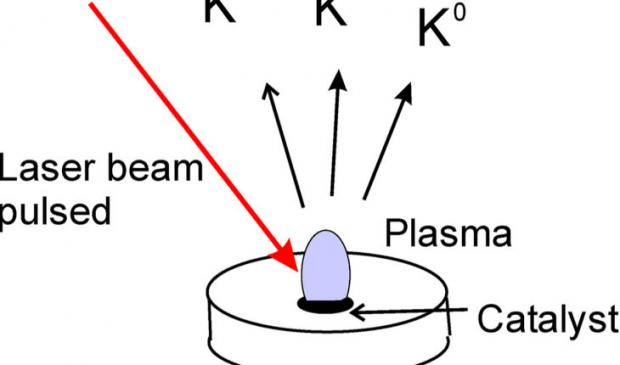
Breaking News
 Battleborn Batteries Responds! Their Overheating Device is a "Feature" not a "Problem
Battleborn Batteries Responds! Their Overheating Device is a "Feature" not a "Problem
 Actor Liam Neeson Outs Himself as MAHA After Narrating Pro-RFK Jr. Documentary Slamming...
Actor Liam Neeson Outs Himself as MAHA After Narrating Pro-RFK Jr. Documentary Slamming...
 Kyle Rittenhouse announced on social media Wednesday that he has tied the knot.
Kyle Rittenhouse announced on social media Wednesday that he has tied the knot.
 JUST IN: President Trump Grants Tina Peters Pardon
JUST IN: President Trump Grants Tina Peters Pardon
Top Tech News
 Build a Greenhouse HEATER that Lasts 10-15 DAYS!
Build a Greenhouse HEATER that Lasts 10-15 DAYS!
 Look at the genius idea he came up with using this tank that nobody wanted
Look at the genius idea he came up with using this tank that nobody wanted
 Latest Comet 3I Atlas Anomolies Like the Impossible 600,000 Mile Long Sunward Tail
Latest Comet 3I Atlas Anomolies Like the Impossible 600,000 Mile Long Sunward Tail
 Tesla Just Opened Its Biggest Supercharger Station Ever--And It's Powered By Solar And Batteries
Tesla Just Opened Its Biggest Supercharger Station Ever--And It's Powered By Solar And Batteries
 Your body already knows how to regrow limbs. We just haven't figured out how to turn it on yet.
Your body already knows how to regrow limbs. We just haven't figured out how to turn it on yet.
 We've wiretapped the gut-brain hotline to decode signals driving disease
We've wiretapped the gut-brain hotline to decode signals driving disease
 3D-printable concrete alternative hardens in three days, not four weeks
3D-printable concrete alternative hardens in three days, not four weeks
 Could satellite-beaming planes and airships make SpaceX's Starlink obsolete?
Could satellite-beaming planes and airships make SpaceX's Starlink obsolete?
Laser Induced Annihilation Reactions Would be a Superior Space Drive

Until now, no technology was known that would be able to give rocket exhaust at relativistic speed and a high enough momentum for relativistic travel. Here, a useful method for relativistic interstellar propulsion is described for the first time. This method gives exhaust at relativistic speeds and is a factor of at least one hundred better than normal fusion due to its increased energy output from the annihilation-like meson formation processes. It uses ordinary hydrogen as fuel so return travel is possible after refueling almost anywhere in space.
The nuclear processes give relativistic particles (kaons, pions and muons) by laser-induced annihilation-like processes in ultra-dense hydrogen H(0). The kinetic energy of the mesons is 1300 times larger than the energy of the laser pulse. This method is superior to the laser-sail method by several orders of magnitude and is suitable for large spaceships.
Researchers are working on an annihilation-like method. It is well studied in the laboratory and gives initially fast kaons and pions from protons or deuterons by annihilation-like processes. They use the phrase annihilation-like since the practical evidence and use is more important for its characterization than the claim inherent in the strict nomenclature without the -like. The necessary antimatter used is concluded to be formed by oscillations of the quasi-neutrons initially formed in the ultra-dense hydrogen by laser-induced processes from spin state s?=?2 to s?=?1. Considerable progress in the understanding of these complex nuclear processes has been made already. Thus, a practical solution exists for the annihilation rocket drive, ejecting relativistic massive particles and not only photons.

 First totally synthetic human brain model has been realized
First totally synthetic human brain model has been realized Mach-23 potato gun to shoot satellites into space
Mach-23 potato gun to shoot satellites into space

